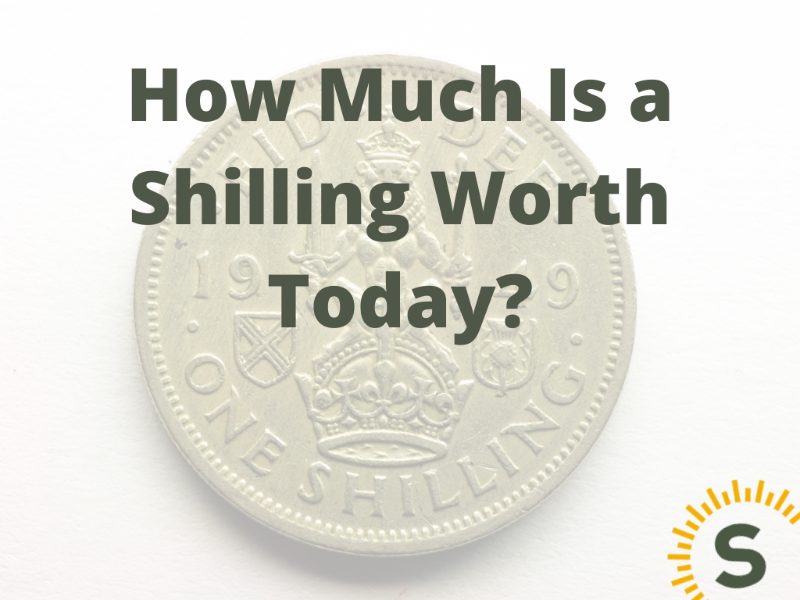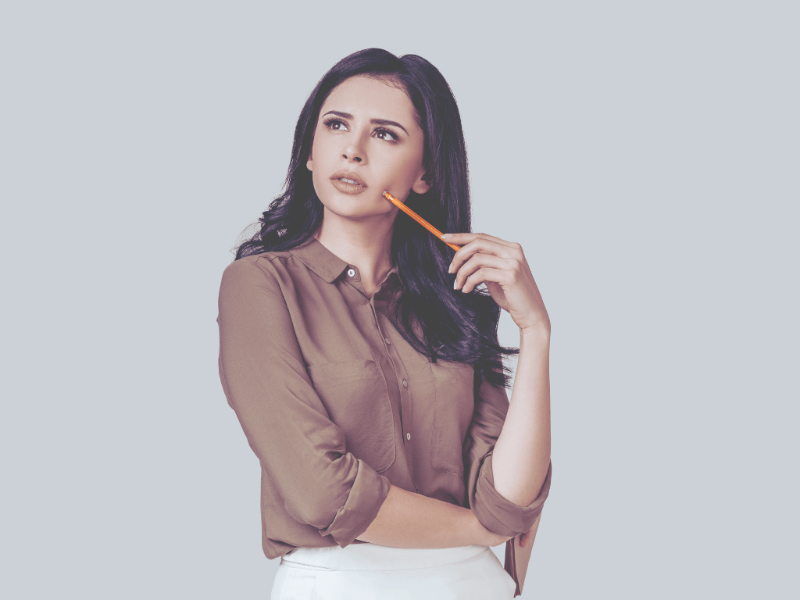
Have you ever wondered about the worth of a shilling in today's currency? The value of money has evolved over time, and understanding the historical context can help us appreciate the significance of a shilling.
In this article, we will delve into the history of the British currency, explore the worth of a shilling before and after decimalisation, and discuss its purchasing power in different eras.
Join us on this journey to unravel the past and present value of the British shilling.
Accurate as of 2024, a shilling today would be worth 6 pence. This is based on the decimalisation of the coin back in 1971 and the most recent inflation figures. By this method we can work out how much a shilling is worth today in purchasing power.
According to the information available, the value of a shilling today is 5/6 pence. However, it is important to note that the shilling is no longer in circulation in the UK or its former colonies.
The shilling was part of the British currency system before the decimalisation in 1971. It had a value of 1/20 of a pound and was further divided into twelve pence. The shilling's purchasing power in the past varied depending on the time period and economic factors, but today, its value is significantly lower due to inflation and changes in the cost of living.
A shilling is 1/20th of a pound. So 20 shillings equals a pound, and each shilling was worth 6 pennies. in the USA, thats, 7 or 8 cents.
According to the available information, the value of 5 shillings today would be 25 pence. As one shilling would be worth 5 pence, we are able to calculate how much 5 shillings would be worth today.
In the United Kingdom, during the time when the shilling was in circulation, 10 shillings could buy a week's worth of groceries, including items like bread, milk, eggs, and meat.
The British currency system before decimalisation was based on the £sd system, which stood for pounds, shillings, and pence. This system was in use until 1971 when it was replaced by the decimal system. In the 1940s, the shilling was a common denomination in the British currency.
It was worth 1/20 of a pound and could be further divided into smaller denominations such as groats, sixpences, threepenny bits, and pennies. The pound was mainly used by the wealthy, while coins were more commonly used by the general population.
The shilling had a purchasing power equivalent to 5 pence in the decimal currency system.
According to historical records, the British currency system before decimalisation was quite complex.
In the 1940s, during Winston Churchill's era, there were several denominations both above and below the pound sterling. Here is a breakdown of the coinage system:
Decimalisation eventually simplified this intricate system, and on February 15, 1971, the UK and Ireland officially adopted decimal currency
The shilling, derived from the Old German coin 'scilling' or 'scylling,' held an important place in the old British currency. One pound was equivalent to twenty shillings, and each shilling was worth twelve pennies.
In today's decimal currency system, a shilling from Churchill's England would be worth five pence.
To provide further insight into the sub-divisions of the pound, here are some notable denominations:
The old British coins often contained precious metals or traces of them, reflecting their ancient origins.
This complex system of currency may seem daunting, but the British people used it for centuries without difficulty.
To truly understand the value of a shilling, we must examine its purchasing power in different eras.
Let's step back in time to the 1940s and discover what you could buy with a shilling:
During World War II, Britain faced significant economic challenges. The cost of living increased, and rationing efforts were implemented to ensure fair distribution of essential goods. With this backdrop, a shilling could buy you basic household items, such as:
However, it's important to note that prices varied throughout the war. For example, the price of milk skyrocketed from 3 pennies per quart in 1939 to 9 pennies per quart by 1944.
These price increases were particularly impactful given the limited incomes of many during the war.
Moving forward to the 1960s, the purchasing power of a shilling remained modest. With a shilling, you could still manage to buy a loaf of bread or pay for a haircut. Additionally, a shilling could provide you with just under 1 litre of petrol, even though fuel was sold in gallons at the time.
In the 1970s, decimalisation brought about significant changes to the British currency. The shilling was abolished, and new coins were introduced. However, during this transitional period, a shilling could still afford you essential items like a 3-minute phone call, a pint of milk, bread, or newspapers.
Today, old British coins hold value mainly for collectors and antiquarians. Museums occasionally display collections of these coins, with the shilling often taking pride of place. However, as a means of everyday transaction, the old British coins are no longer used.
The shilling's worth extends beyond its monetary value. It serves as a connection to the past, allowing us to explore history and gain wisdom from the challenges faced by previous generations.
The shilling represents resilience and the ability to adapt to changing times.
The worth of a shilling today reflects the complexity of British currency throughout history. From its origins as a testoon during Henry VII's reign to its role as a significant denomination in the pre-decimalisation era, the shilling holds a special place in British numismatic heritage.
While it may no longer be a part of our modern currency, its value as a historical artifact and a symbol of resilience remains
In Churchill's England, the shilling was a significant denomination in the British currency system. It was worth one twentieth of a pound and could be further divided into smaller denominations. The shilling was commonly used for everyday transactions and had a purchasing power equivalent to five pence in today's decimal currency system.
The guinea coin was named after the Guinea coast, a region in West Africa where gold was mined. It was equivalent to one pound and one shilling. The guinea coin held a prestigious status and was often used for high-value transactions, such as purchasing luxury goods or paying professional fees. Despite its name, the guinea coin did not contain any gold from Guinea but was rather minted from gold imported from other parts of Africa.
Yes, the purchasing power of a shilling could vary among different social classes in pre-decimalisation Britain. While the shilling was a common denomination used by the general population, its value could have a different impact depending on one's income and social status.
For example, individuals from lower-income households may have found it more challenging to afford basic necessities with a shilling compared to those from wealthier backgrounds. Additionally, the availability and affordability of goods and services could vary across different regions and communities.

Stuart is an expert in Property, Money, Banking & Finance, having worked in retail and investment banking for 10+ years before founding Sunny Avenue. Stuart has spent his career studying finance. He holds qualifications in financial studies, mortgage advice & practice, banking operations, dealing & financial markets, derivatives, securities & investments.





Our website offers information about financial products such as investing, savings, equity release, mortgages, and insurance. None of the information on Sunny Avenue constitutes personal advice. Sunny Avenue does not offer any of these services directly and we only act as a directory service to connect you to the experts. If you require further information to proceed you will need to request advice, for example from the financial advisers listed. If you decide to invest, read the important investment notes provided first, decide how to proceed on your own basis, and remember that investments can go up and down in value, so you could get back less than you put in.
Think carefully before securing debts against your home. A mortgage is a loan secured on your home, which you could lose if you do not keep up your mortgage payments. Check that any mortgage will meet your needs if you want to move or sell your home or you want your family to inherit it. If you are in any doubt, seek independent advice.